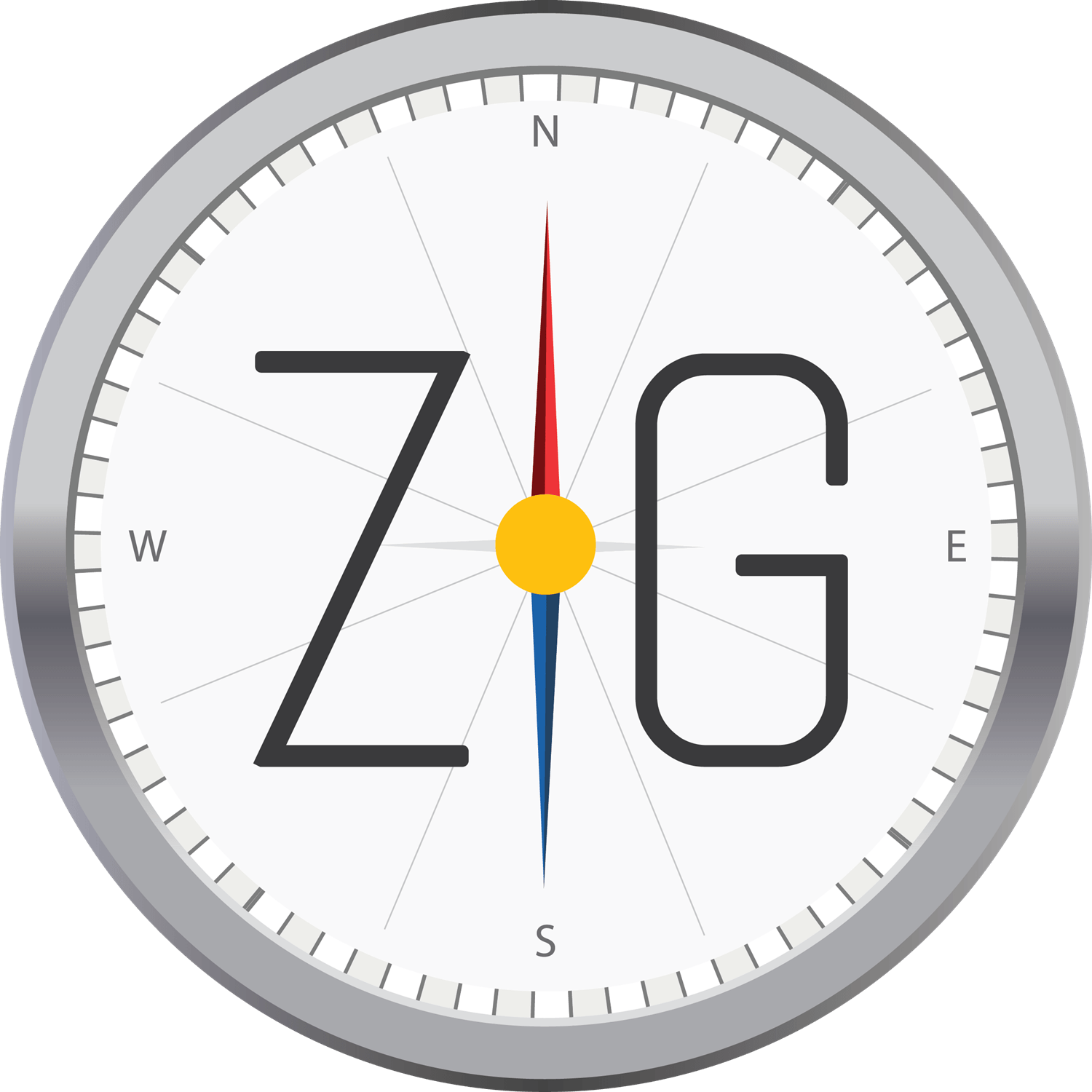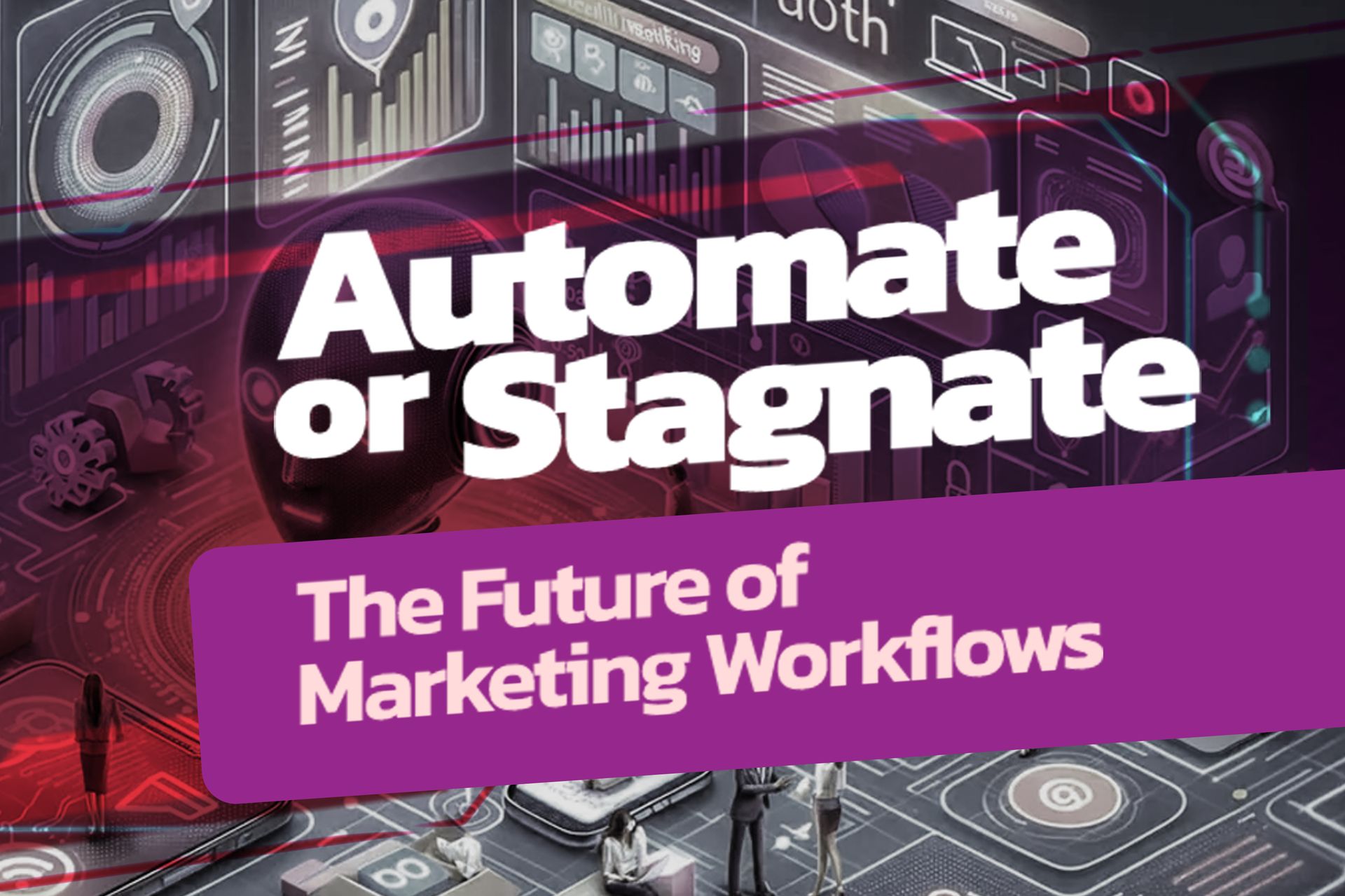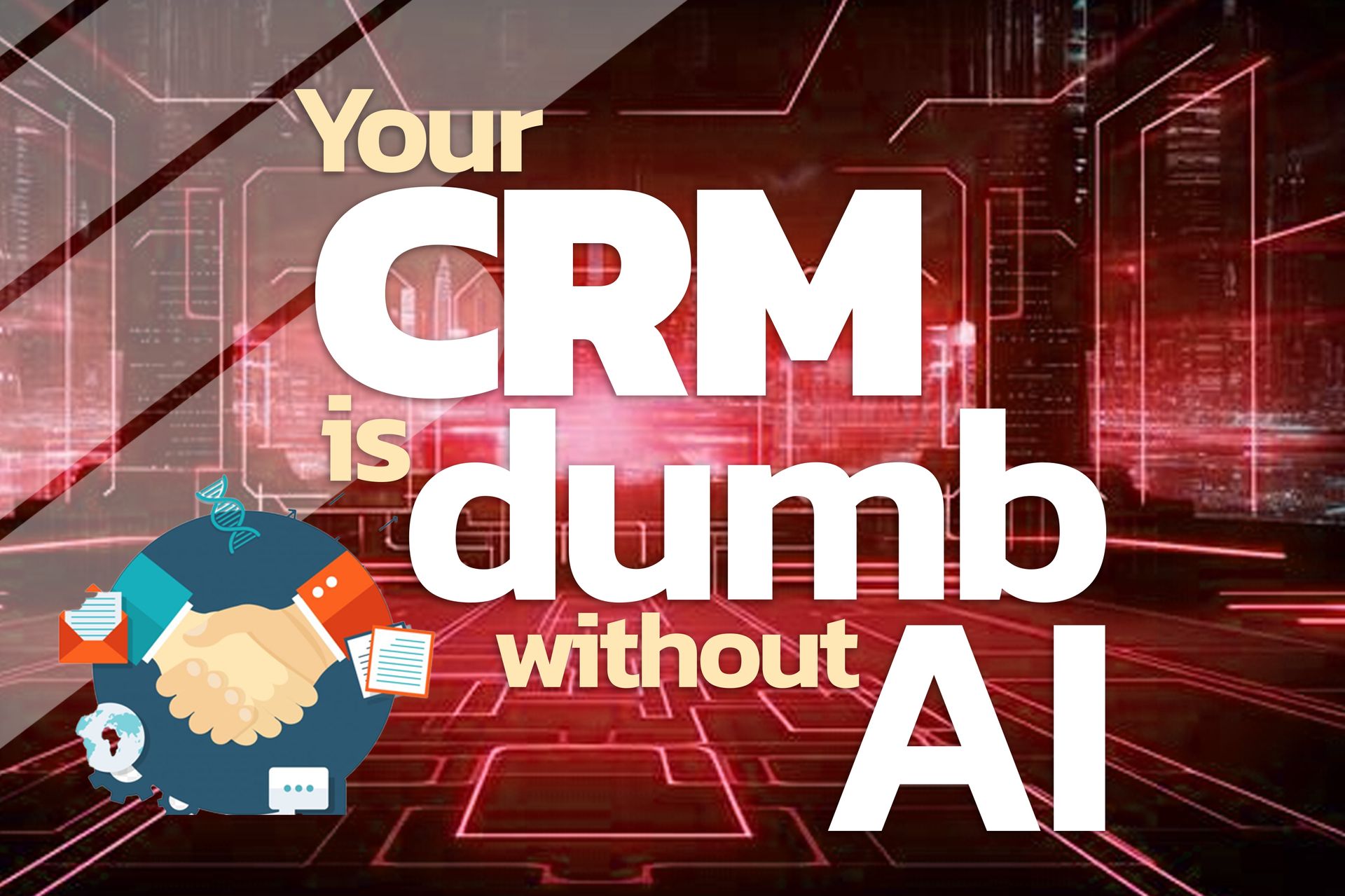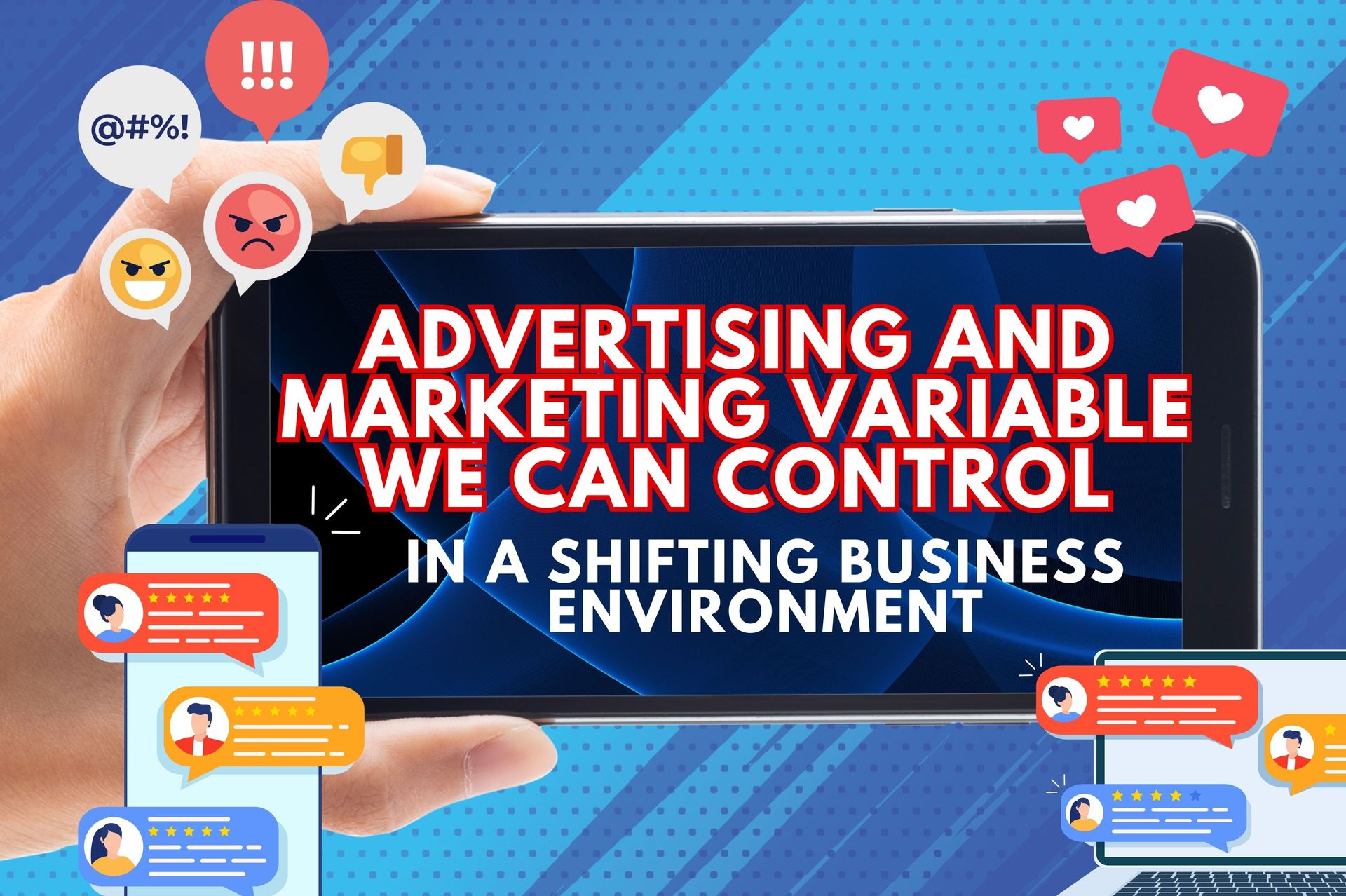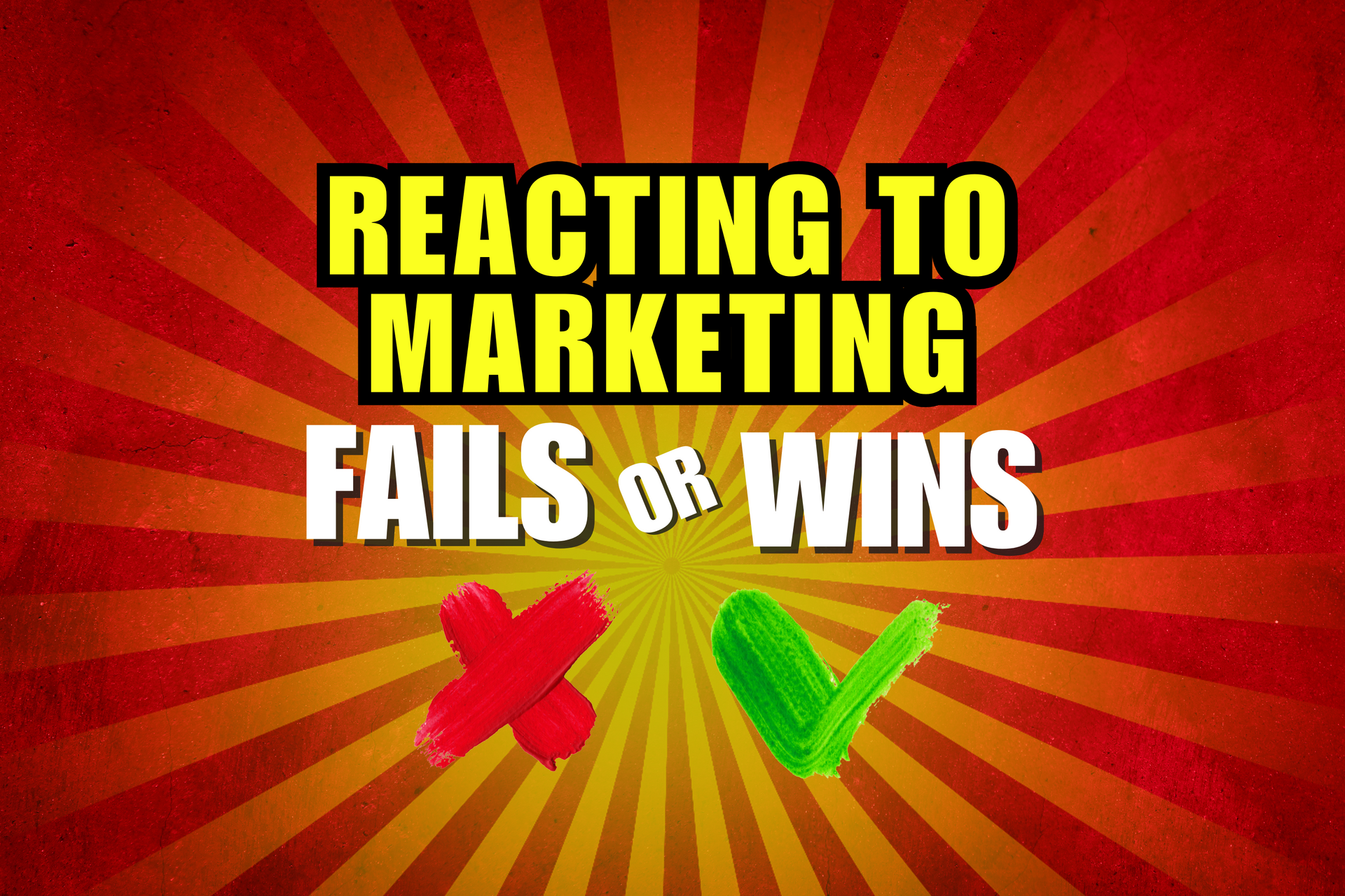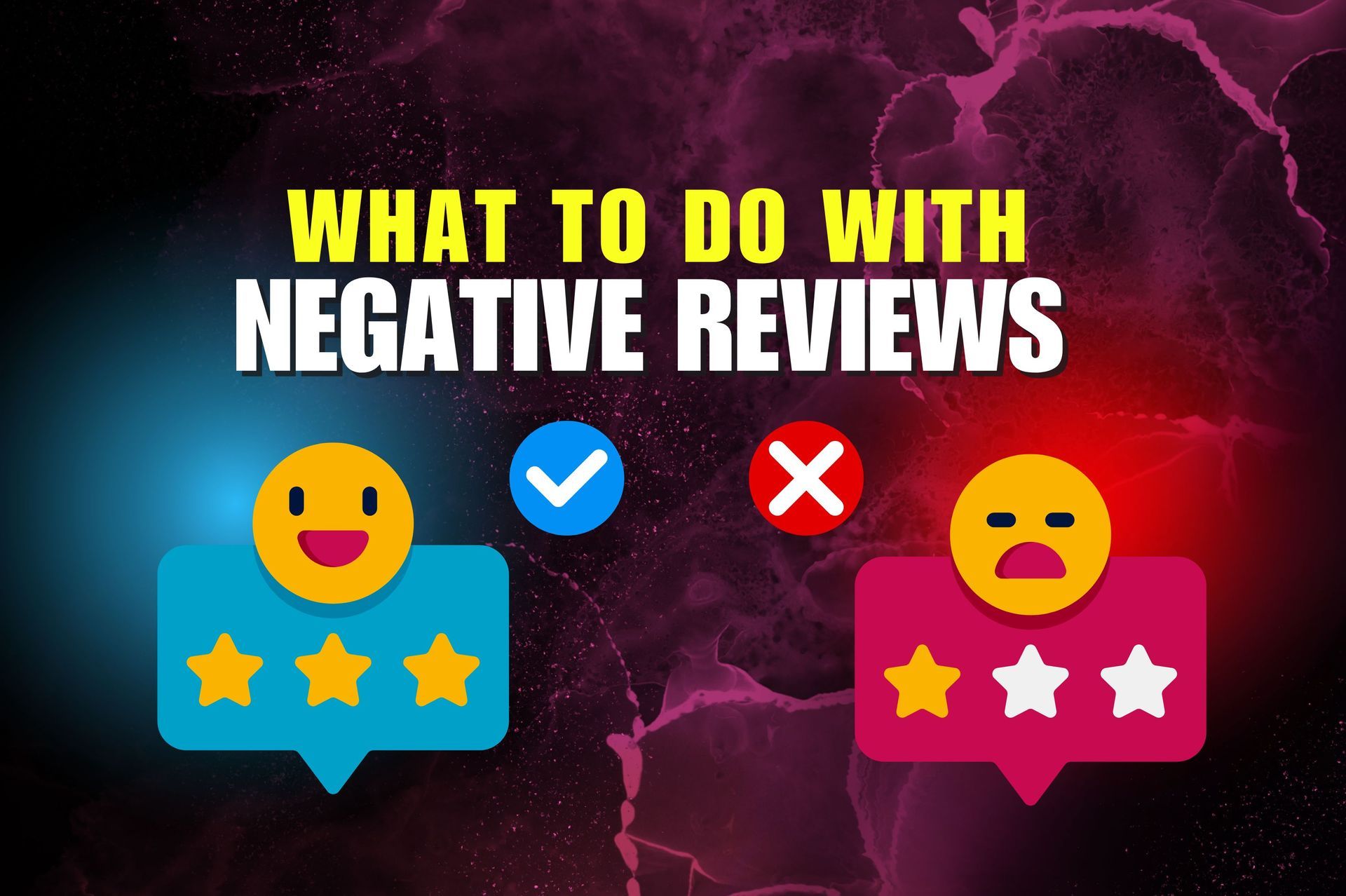How to Prioritize Syndication Channels for Campaigns
How to Prioritize Syndication Channels for Campaigns
Choosing the syndication channels that you are going to use for your campaign can be the difference between success and failure. In this video, I'm going to take you through the four characteristics that you need to be paying attention to so you can make the right decisions. We're going to go over audience, content, format, channel effectiveness, and timing. So by the end of this video, you're going to know exactly how to pick the most effective syndication channels to amplify your content. Alright, let's start just by talking about audience preferences, demographic, okay, we're thinking about channel syndication. We want to think about what our target demographic is, but we want to look at it in terms of age, location, interest and online habits, of course. And then we're going to take that and use data insights and social media insights and make some deductions about channel preference for whatever that segment may be.
And we want to match the bulk of that participatory population to certain channels that we can focus our campaigns on. So we got to look at the overall demographic, then the channel preference, platform preference might be another way to say that. Where do these people hang out and spend their time? What type of content are they consuming? Are they watching YouTube? Are they on Instagram? Are they making dance videos on TikTok? These are all things that we need to know about the people that are our potential customers, and you have to look at data to uncover the actual factual reality of that. I would not say when there's money on the line, make assumptions. Use data to prove out what you believe or to disprove what you believe so that you can focus and be more effective, and all of that's going to give you a better pool of people to reach and maximize your reach per dollar.
A lot of times, even lowering your bid rates and other things when there's more placement available. So this serious financial implications, just this part alone, you also need to consider the content type that you're putting out, right? Are you advertising with video? Are you putting out some content marketing on a blog? Are you using infographics or podcasts? So different media, different format could be display ads, and I mean even email is part of this conversation. That is a marketing channel, so you have to figure out what type of media you're using and then if it fits well with the platform. So we all know YouTube and Instagram and degree. Obviously TikTok, depending on format, are all video-based platforms. So you're not going to post a text document there. It goes without saying. So you got to align the platform with the type of content that you're going to putting out, and you may, if you have a campaign, need to fashion individual content for each one of these channels, and that's a workload and cost discussion, but once you understand where you want to be, it's easier to figure out what the priority is, which is what this all about.
So all of those things are going to help boost engagement, the proper content on the right platform, deliver it is the best recipe for success. The next thing we got to do is get into the performance analysis stuff. We got to be tracking metrics like click shares, conversions, and on and on. There's all this data points. You got to be looking at that stuff with a focus on return on ad spend and return means profit in my world because the money you keep is the only money that counts. And then we want to be testing and cross ing and trying to drive that return on ad spend number up. Of course, we want to drive as much profit as we can by tweaking creative, some targeting and all these little finer data points and try to squeeze as much juice out of this thing as we possibly can.
Now if you do that and you're smart with your budgeting and you optimize channel placement by looking at the actual results per channel and double down on what's working, of course skin back, the stuff that's not, and I don't always suggest abandoning presence on any one given platform if you're doing that because it is also at the same time where you want to focus in on the stuff that's producing the most results. You also want to be present where your audience jumps to and has some other secondary participation. So it's not black and white. What can I say? Let's dig right into timing. Now, timing has a couple of different things to pay attention to, and we can see that by, if we look at an actual date and timestamp, there's a lot of numbers there. So we have the month of the year, we've got the day of the month and then or the time of the month, and then we've got the day of the week more specifically, and then we've got within any given day, 24 hours and all of that.
So all of that stuff applies. You may be a seasonal advertiser and there's a certain portion of the year around a holiday or around just for instance, summer. Your product service might be a summer product or it could be a tax preparing person. So that's beginning of the year after everybody gets their paperwork in gear. So there's seasonality, but there's also what's going on in the month. And there's even other things to think about on timing, like pay cycles. When can people feel at ease about making purchases? Well, typically when they feel like they have a little money in the bank. So there's all these things with just the time factor that you really need to look at to help drive results. And then on top of all of that, because kind of a lot you get down to frequency within anyone, if you identify your targeting from a times standpoint, you say, I do the best by advertising on Mondays because my buyers are up and about and doing what they do on Mondays, and I'll give you just, I love while I'm doing this stuff, but let's say your product is morning coffee.
If you have drive through morning coffee place that starts on Monday and rock and rolls until Friday, and it's probably okay in the weekends, but it's not the same thing as that drive time morning stuff during the week when people want to get gassed up on caffeine and get to work. So your timing window is Monday through Friday, but your timing window is also mornings Monday through Friday and maybe after lunch, but that's probably secondary and would need to be evaluated. I mean, we could make a safe assumption about morning coffee and then a secondary conversation about afternoon coffee, which does, people do plenty of that, but you got to allocate and fire appropriately and wait to the most potential success. Then within all of those two frame timeframes, and let's just talk about the morning one, we got to dig into like, okay, what's our frequency?
Are we posting every single morning or are we advertising and hitting potential buyers multiple times in the morning? What time does we start at 5:00 AM 4:00 AM 3:00 AM depending on the market, depending on the environment, depending on seasonality even, right? People typically wake up earlier in the summer because it's light outside, so you have a whole little twist. Even with that, it's just all to advertise for coffee. So really dig in to what your audience is doing, what their behavior is when it relates to timing and be effective. And then make sure that within any certain time block that you get your frequency working and effective so that the messaging engages is meaningful, delivers at the velocity that you need to deliver. And all of that needs to be in alignment with the campaign objectives. So in the case of the coffee thing, it might just be like, I want to get more cars through the drive-through, and then we'll just see what these cars order.
So it could be a foot traffic strategy more than an alternate version of that would be like we're running a special and so we're going to be looking at redemptions for that. So it's not really necessarily how many people came in or how many cars are in the drive-through. It's more like, can we move this one seasonal item? Be sure that what you're setting up is in alignment with the goals. If you have a seasonal item and you kind of miss the season, you don't get ahead enough. What is it? Pumpkin spice latte, something like that. You got to get the vibe, get the awareness going that you're going to serve that right around whenever the fall season.
